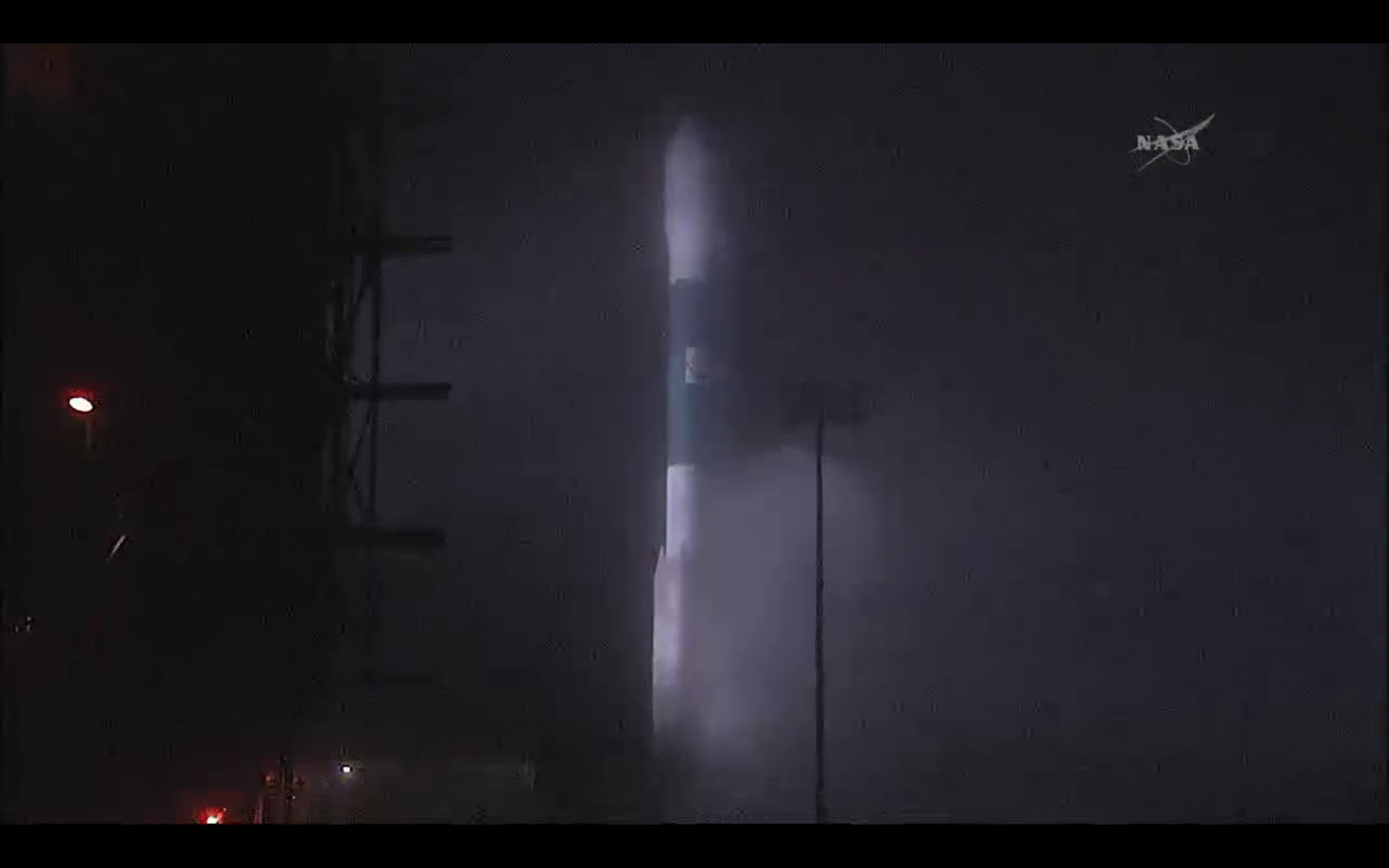Pad Problem Pushes Launch of NASA Carbon Dioxide-Measuring Satellite to Wednesday

This story was updated at 8:30 p.m. EDT on July 1.
A rocket that was set to loft an Earth-gazing satellite to space did not get off its launch pad in California today (July 1) due to a problem with the pad's water system.
The problem arose less than a minute before the liftoff was expected. Because the launch window lasted only 30 seconds, mission controllers did not have time to analyze the issue and get the United Launch Alliance Delta 2 rocket carrying NASA's Orbiting Carbon Observatory-2 (OCO-2) spacecraft back on track for launch this morning.
"It's a bit of a disappointment for the launch team when you have a great countdown up to that point," Tim Dunn, NASA launch controller said during the NASA TV broadcast. "However, these are things that we prepare for. We're a professional team. We know how to handle this."
Engineers traced the problem to a faulty valve in the water system at the launch pad at Vandenberg Air Force Base in California. The valve was replaced with a spare, and OCO-2 was cleared for another launch attempt Wednesday (July 2) at 5:56 a.m. EDT (0956 GMT; 2:56 a.m. local time), NASA officials said. You can watch the launch here at Space.com, courtesy of NASA TV.
The water flow system on the launch pad protects the launch mount from the high temperatures produced as the rocket fires, Dunn said. It also provides some suppression from the shock wave created during ignition, he added.
The $465 million OCO-2 mission is designed to be NASA's first satellite devoted to monitoring Earth's atmospheric carbon dioxide. Once in space, the craft will take measurements of the planet's carbon dioxide 24 times each second. The frequent measurements will help scientists on the ground see where the heat-trapping gas is being produced and where it's being taken out of the atmosphere.
Breaking space news, the latest updates on rocket launches, skywatching events and more!
The OCO-2 mission marks NASA's second attempt to measure atmospheric carbon dioxide from space. The original OCO satellite fell into the Pacific Ocean shortly after its failed launch atop an Orbital Sciences Taurus XL rocket in 2009. The nose cone of the rocket didn't open properly, causing the crash.
Visit Space.com's partner Spaceflight Now for an up-to-the-minute account of today's scrub via the website's Mission Status Center.
Follow Miriam Kramer @mirikramer and Google+. Follow us @Spacedotcom, Facebook and Google+. Original article on Space.com.

Miriam Kramer joined Space.com as a Staff Writer in December 2012. Since then, she has floated in weightlessness on a zero-gravity flight, felt the pull of 4-Gs in a trainer aircraft and watched rockets soar into space from Florida and Virginia. She also served as Space.com's lead space entertainment reporter, and enjoys all aspects of space news, astronomy and commercial spaceflight. Miriam has also presented space stories during live interviews with Fox News and other TV and radio outlets. She originally hails from Knoxville, Tennessee where she and her family would take trips to dark spots on the outskirts of town to watch meteor showers every year. She loves to travel and one day hopes to see the northern lights in person. Miriam is currently a space reporter with Axios, writing the Axios Space newsletter. You can follow Miriam on Twitter.
